
It’s Friday night. You’ve left work on time and are headed to the supermarket to pick up dinner. It’s been a long week and it’s time to treat yourself. First you head to the chilled aisle to pick a pizza and decide on the more expensive-looking one, with buffalo mozzarella and artisanal crust. Next stop is the wine section and you’ve narrowed it down to two options: one looks more premium as it has gold label, but the other one is a higher price. You plump for the gold one. Final item for the basket? Some chocolate. Still on the hunt for something that feels a little special, you pick the branded chocolates, and you’re happy to pay a bit more because they’re Fairtrade.
This scenario is very much like what shoppers will go through when deciding whether a product appears to be more premium to them, and whether they’ll be willing to pay a little extra for it. And, crucially, that decision comes down to more than price.
In this year’s Top Products survey, premium brands are shaping categories. Take Charlie Bigham’s, whose high-end approach to ready meals has resulted in a more than 20% increase in value to £65.7m. Or L’Or, whose premium credentials made its instant coffee this year’s fastest-growing product under £50m.
Read more: How to get your food product flying off supermarket shelves
To tap this surging global trend, it’s important to understand what drives the perception of premium with shoppers. The Nielsen Global Premiumization Report was conducted to answer these questions, and it will come as no surprise that the most commonly cited reasons for a product being perceived as premium are that it has exceptional quality (54% of respondents), superior function or performance (46%), or better style or design (38%).
It’s rational that shoppers would be willing to pay more for a product that is of a higher demonstrated quality or value, but there is also a more subjective component that factors into many shoppers’ ideas of what premium means. Traditionally, well-known, big brands have also been associated with premium factors such as quality of ingredients and are often seen as a consistent and safe option. Traditionally, own label occupied the bottom end of the category and big brands were at the middle and top ends. Today, however, we see the smaller niche brands, and even the premium own-label brands, battling against the big brands for ultimate premium status as they all jostle for share in this higher-value segment.
There are also more emotional cues that feed into the perception of premium. We have started to see this come through in products that have overtly stated environmental or social benefits, thereby claiming a higher premium status. Roughly four in 10 global respondents said they were very willing to pay a premium for products made with organic or all-natural ingredients (42%), environmentally friendly or sustainable materials (39%), and for socially responsible products (31%). However, as consumers become more demanding, and expect a higher level of brand hygiene and corporate social responsibility as a given, these specific products will lose their premium status to the next wave of consumer trends.
The perception of premium is not based solely on rational links to quality and value, it is highly influenced by emotive cues. Even in this period of economic uncertainty and household budgets that continue to be stretched, shoppers still want to treat themselves – and will pay more – for premium products. Manufacturers need to truly understand what’s driving their shoppers so they can adapt and compete at the premium end of the scale, where they can command a higher price point.
Joanna Parman is commercial business partner at Nielsen




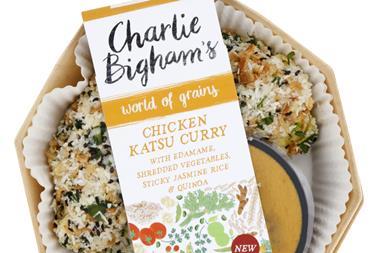


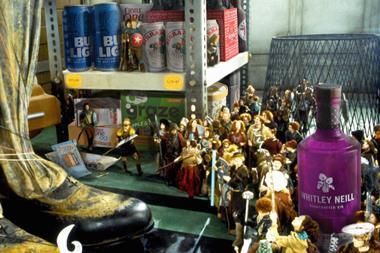
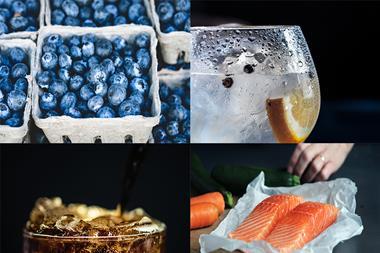



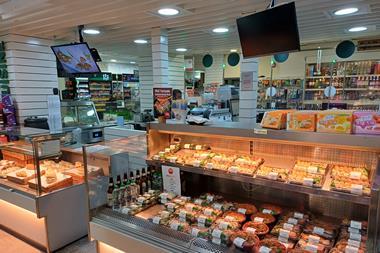

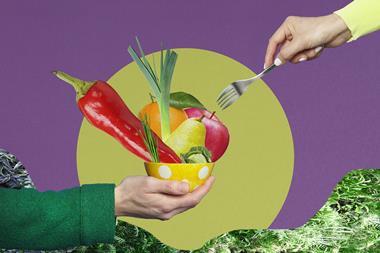
No comments yet